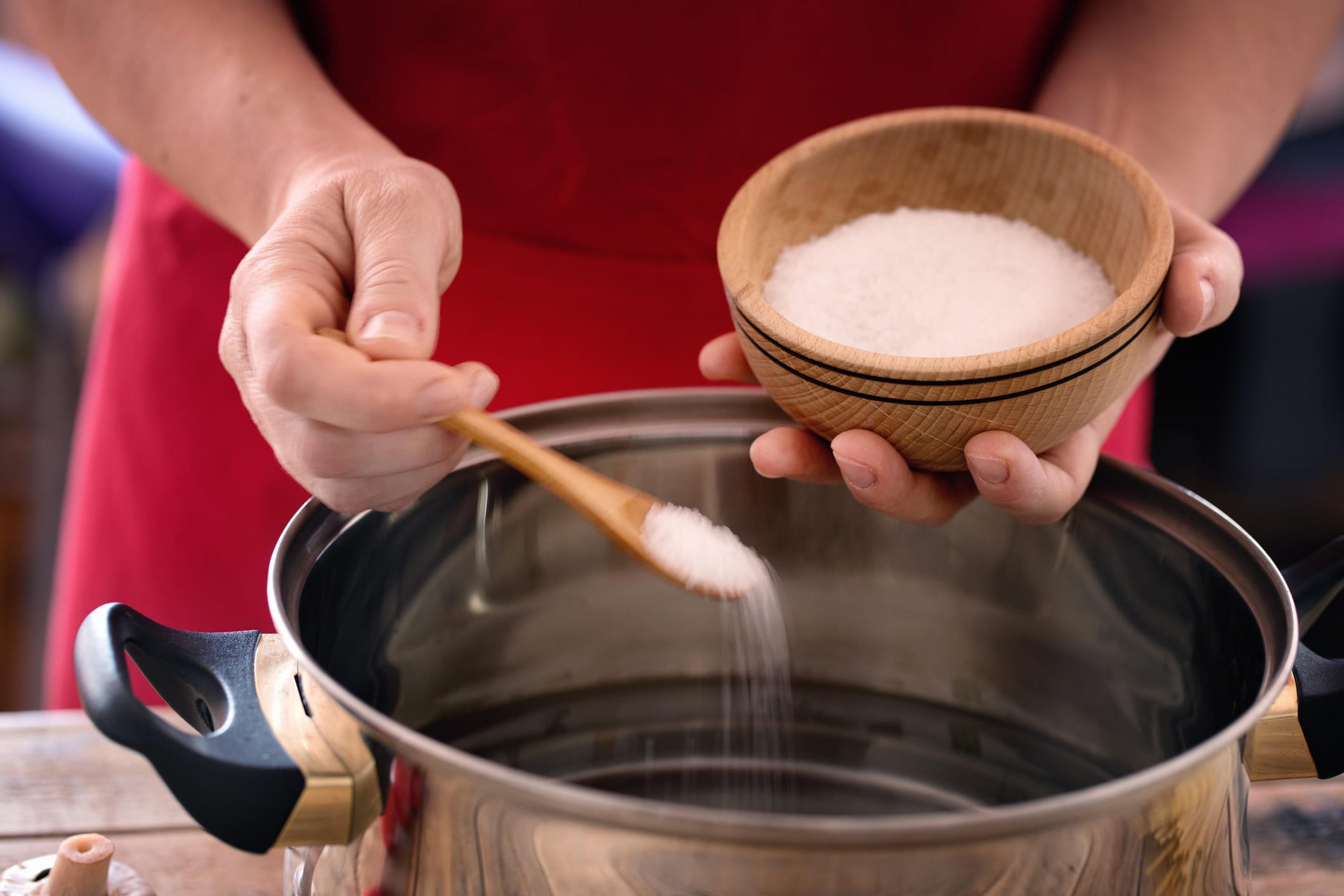
Sodium is a popular mineral found in your favorite foods. It adds flavor and texture to meats, breads and even condiments. But like all seasonings, too much can be detrimental to your health. The most common source of sodium is table salt. Just one teaspoon contains 2,300 milligrams, which is an adult’s recommended daily allowance. Since it’s easily accessible at home and in restaurants, Americans are ingesting sodium in excessive amounts. “If you get an excess of sodium in your blood, it can help to cause high blood pressure,” explains Kristian Hurley, senior director of community impact for the American Heart Association. “High blood pressure is a huge driver of whether or not someone's going to have a heart attack or a stroke.” It also factors into heart disease, which is the number one killer of all Americans. Processed foods, which include prepackaged and premade meals, are extremely high in sodium. They’re responsible for about 70 percent of a person's intake. This can come from pizza, soups, cold cuts, tacos, sauces, and burritos. “Whenever we're thinking about anything that's processed, there's sodium added for flavor, but they also add sodium to preserve it,” says Grace Derocha, registered dietitian, certified health coach and diabetes educator at Blue Cross Shield of Michigan. It’s a common practice that shoppers should be aware of when buying their food. On the latest episode of the A Healthier Michigan Podcast, hosted by Chuck Gaidica, he, Derocha and Hurley uncover the sodium hiding in your diet. [podcast_player] To better manage sodium intake, you should always check labels. Compare the different brands, nutrition facts and serving sizes. Also, beware of buzzwords that insinuate a healthier product despite harmful additives. “If you're going to say, ‘This is low salt or light,’ that means, no sugar added,” says Derocha. “That means they took out something. But they're filling it with something else… If they're taking out sugar or fat, they're usually adding salt.” Packaged items should be a very minimal part of one’s diet. Try sticking to natural foods like whole fruits and vegetables. Also, prepare your meals at home. This allows you to monitor the salt you’re consuming because you control how much is added. Start investing in salt-free alternatives like Mrs. Dash, which is also found in the spice aisle. It’s never too late to develop new eating habits. Taste buds change every seven years, which leaves room for growth and training. When you start limiting sodium, your body will adjust and crave healthier foods. Want more content like this? Read these posts:
Photo credit: Drbouz





